WHO: We're a handful of engineers, artists, and makers from San Francisco, working in security, hardware, software, gaming, and embedded systems.
WHAT: We are building a hackable, open electronic badge for use at DEFCON 25 in Las Vegas. We want to showcase the Freescale platform + ChibiOS, experiment with wireless technologies, and make a fun game for people to play.
WHY: Because we've never done an embedded hardware project in this quantity on our own, and want to learn electronics manufacturing and work more on MCUs.
WHERE: Caseser's Palace, Las Vegas. DEFCON25.
WHEN: July 2017
EXTRAS: We're spending our own time and money to develop this.
We are definitely open and encourage feedback, suggestions, and features.
If you like what we're building and/or have suggestions, let us know.
All of the software, PCB design, and schematics will be open sourced during DEFCON25.
 John Adams
John Adams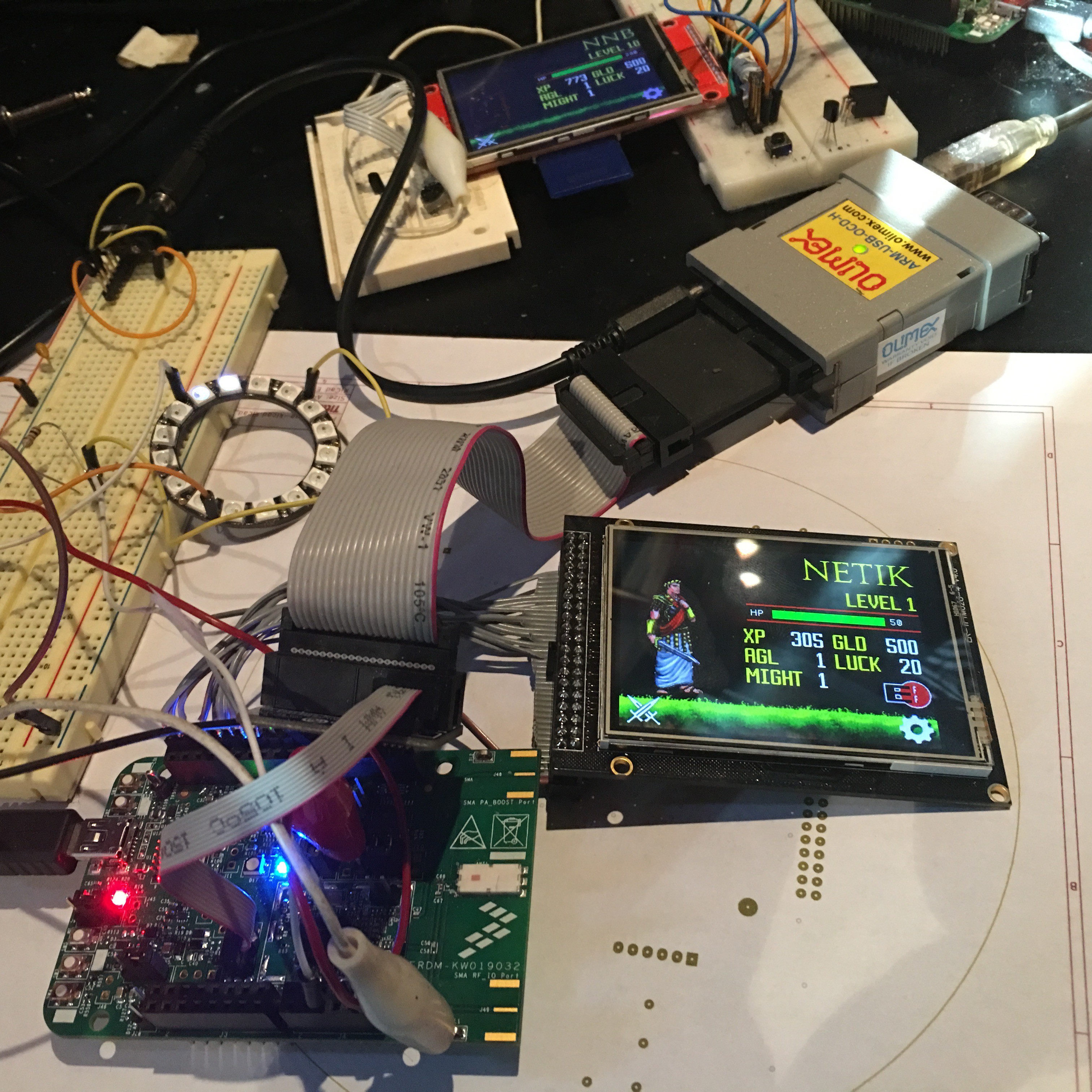
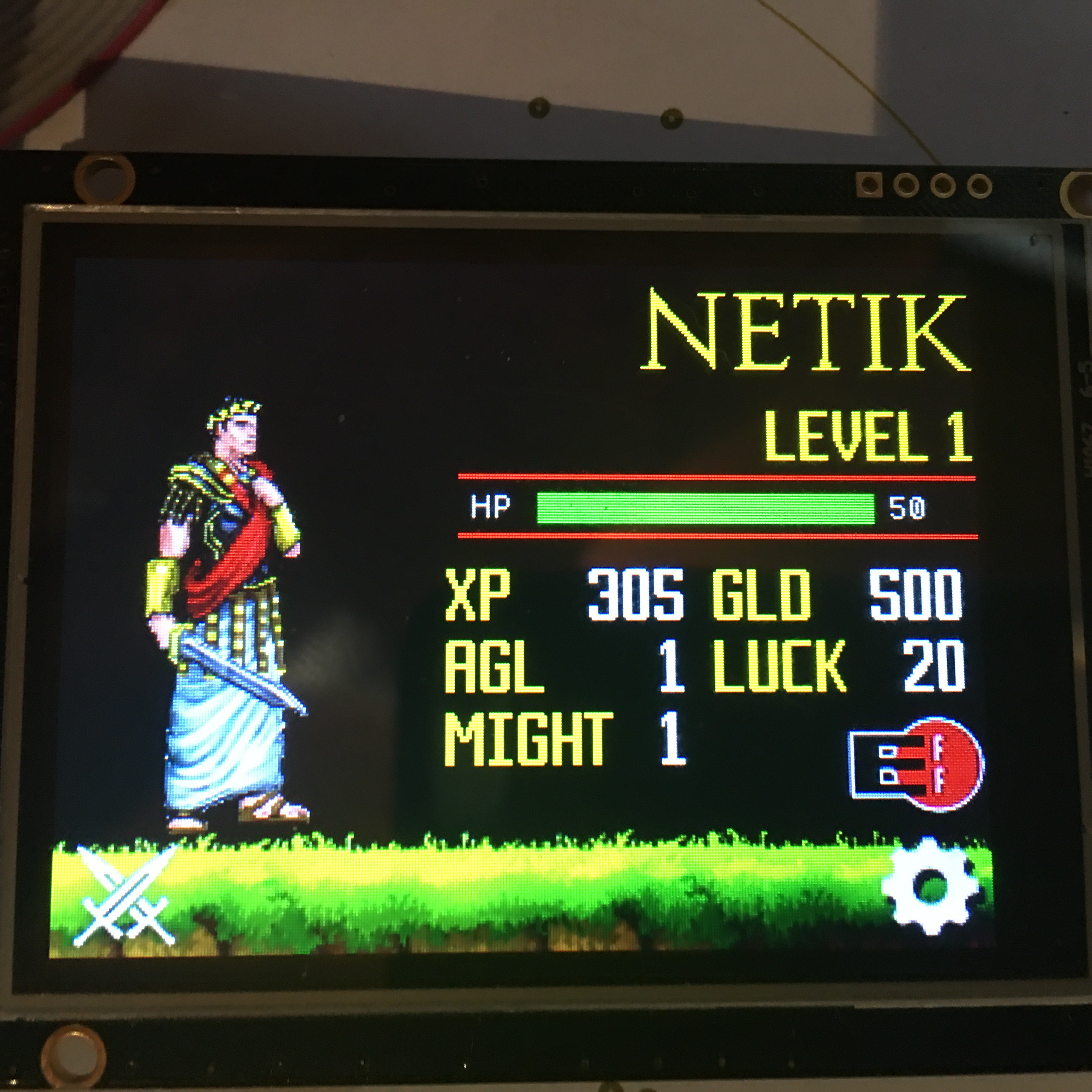
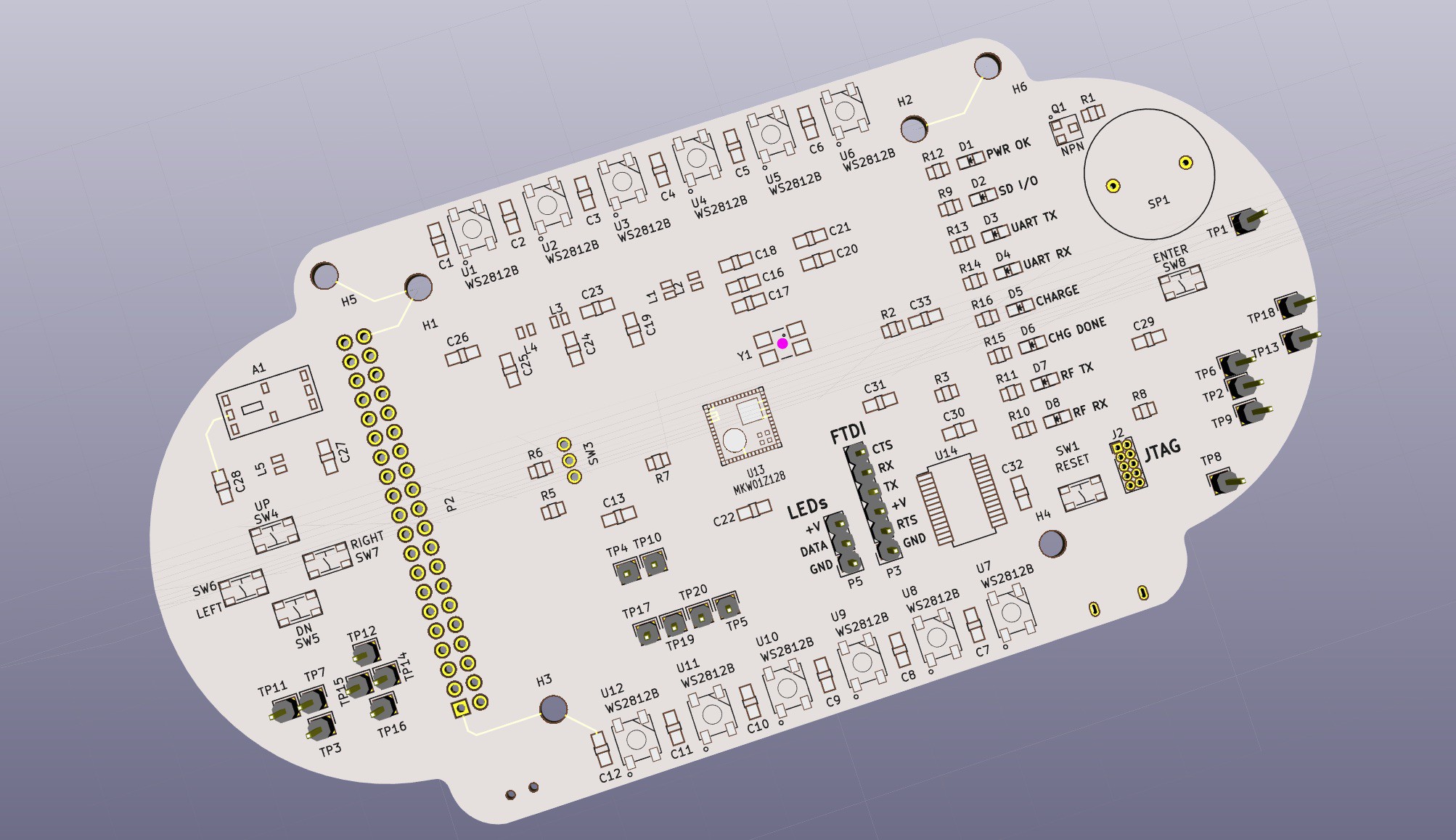

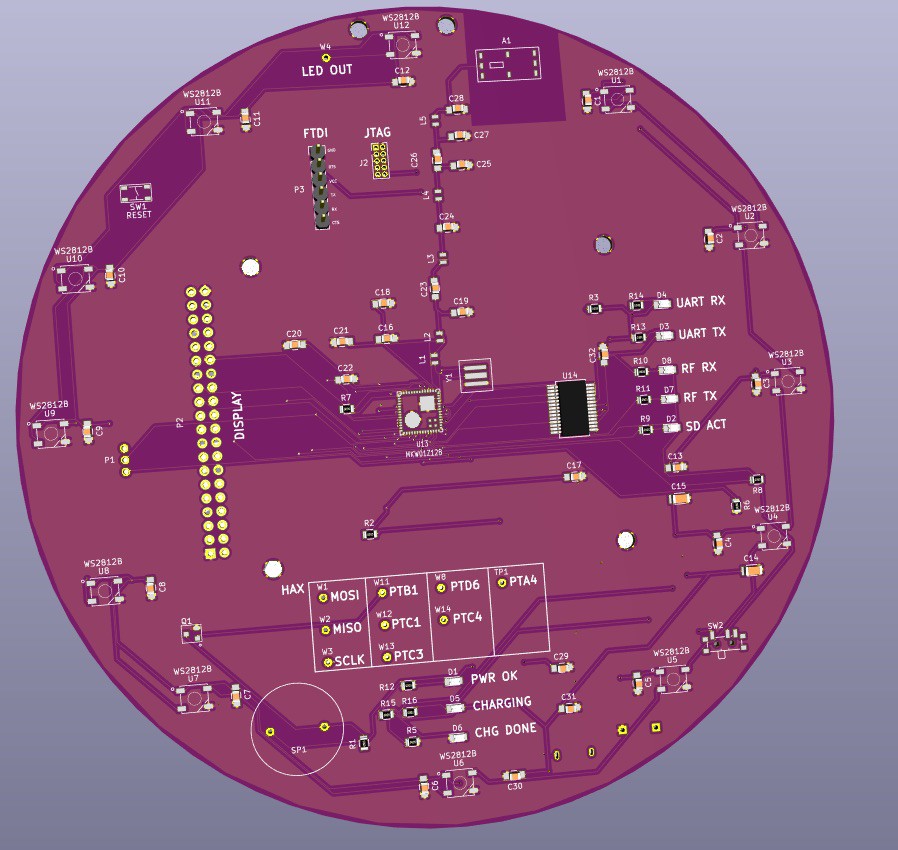
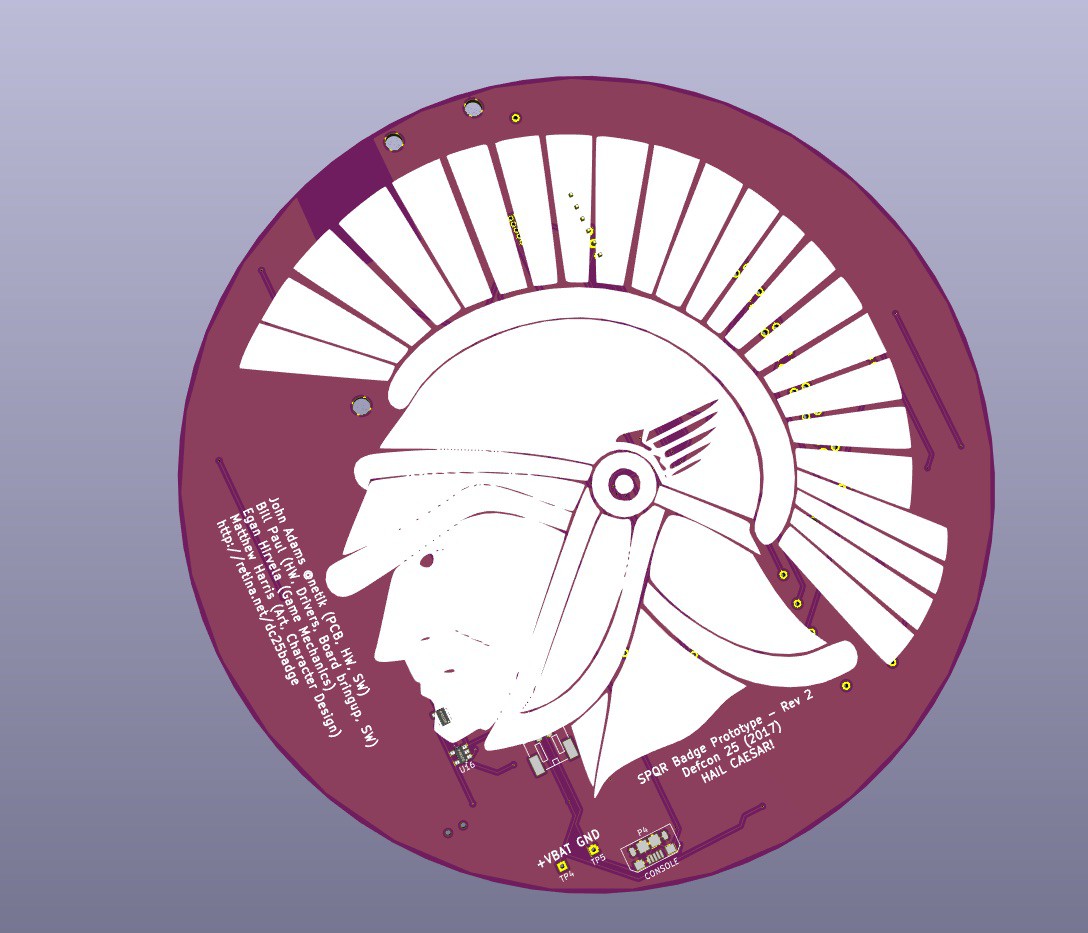



Hi there, it is probably "dead", but is there any chance to grab one?
Missed the campaign unfortunately :( Thanks!